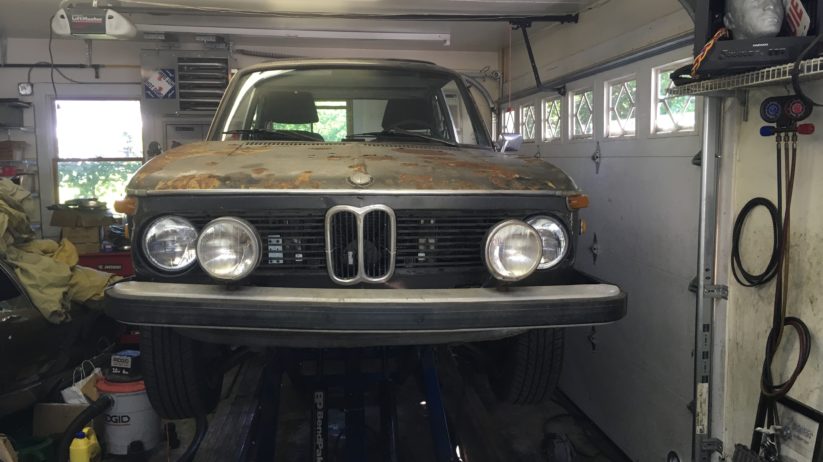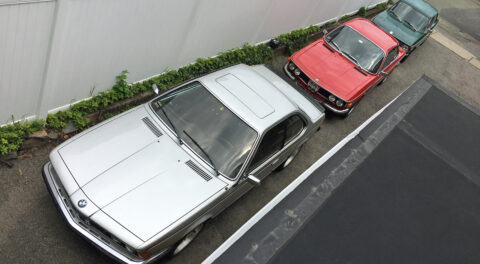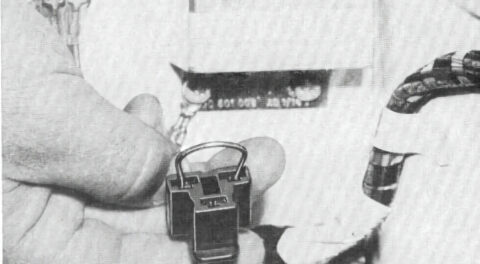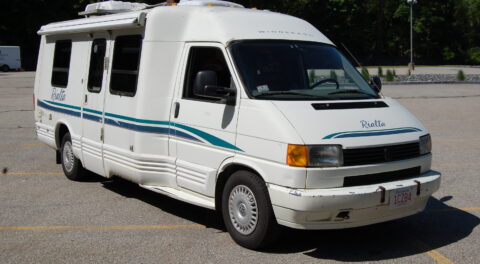In my first book, I have a chapter titled “The Rhythm Of Repair.” It describes how those of us who work on our own cars fit repair into our lives. If you don’t work on your own car, that’s fine, no value judgment here. But if that’s not the case, unless the car is fairly new, someone works on it. You still have a “rhythm of repair,” but it consists of getting the car to the repair shop and picking it up when it’s finished. I use the benchmark that, almost no matter how close you live to a repair shop, you’re unlikely to accomplish the drive-to and drop-off process in less than half an hour. Then, you have to get back home, or find a way to work. When things are complete, you then have to do it again at pick-up time. That’s nearly two hours when all is said and done. I can get a lot fixed in two hours, and not have to pay anyone except whoever I’m buying parts from.
But when you fix your own cars, it creates a very distinct set of patterns. In the book, I talk about how much of the “rhythm” involves deciding whether to just go ahead order the parts you think you’re going to need, or instead first take things apart, and then fully diagnosing the problem and the solution. This issue comes up again and again even on mundane repairs, like brake jobs. Let’s say you notice that the braking on your daily driver isn’t quite right. The brake pedal could be pulsating, the brakes themselves squealing, or both. So you order rotors and pads and get a good price with free shipping. They arrive, you block out Sunday to replace them, take the car “down,” pull the brakes apart, and while you’re in there you find something else wrong, such as a caliper or a brake hose that’s leaking. Suddenly, getting the lowest price is irrelevant, and you’re willing to pay almost anything to get the parts you need to fix the car right now while it still sits on on jack stands, and before you need it to commute to work on Monday morning.
The easiest way around this is, of course, to not need the car on Monday morning, and the easiest way to accomplish that is to not confuse project cars with daily drivers. Now, obviously, there’s gray area; it’s not unreasonable to think that you can still do things like brakes on a DD. But, as much as is possible, if you can have a clear delineation between project cars and daily drivers, you can reduce both the stress and cost of these things happening. Being able to roll the garage door down and continue the repair tomorrow or next week is a beautiful thing.
Years back, when I had my 1999 BMW 528iT Touring, the crankcase ventilation valve (CVV) failed. It was the tip of the iceberg of several deferred maintenance-related issues. I decided to do not only the CVV and related hoses, but the VANOS seals, plugs and valve cover gasket, the full cooling system, and the front end strut and bushing replacement. The job was big enough that, for the duration, I pulled the car off the road. Because I was no longer relying on the car as a daily driver, I could shop for parts at my leisure. I made a spreadsheet, split up orders to get the best price on all parts, and made sure to cross the dollar threshold needed for free shipping from each vendor. If, at some point in the repair, I found that I needed additional parts, I could wait until I had accumulated enough needs for a well-priced order, or add in commonly-used items such as BMW coolant or oil filters.
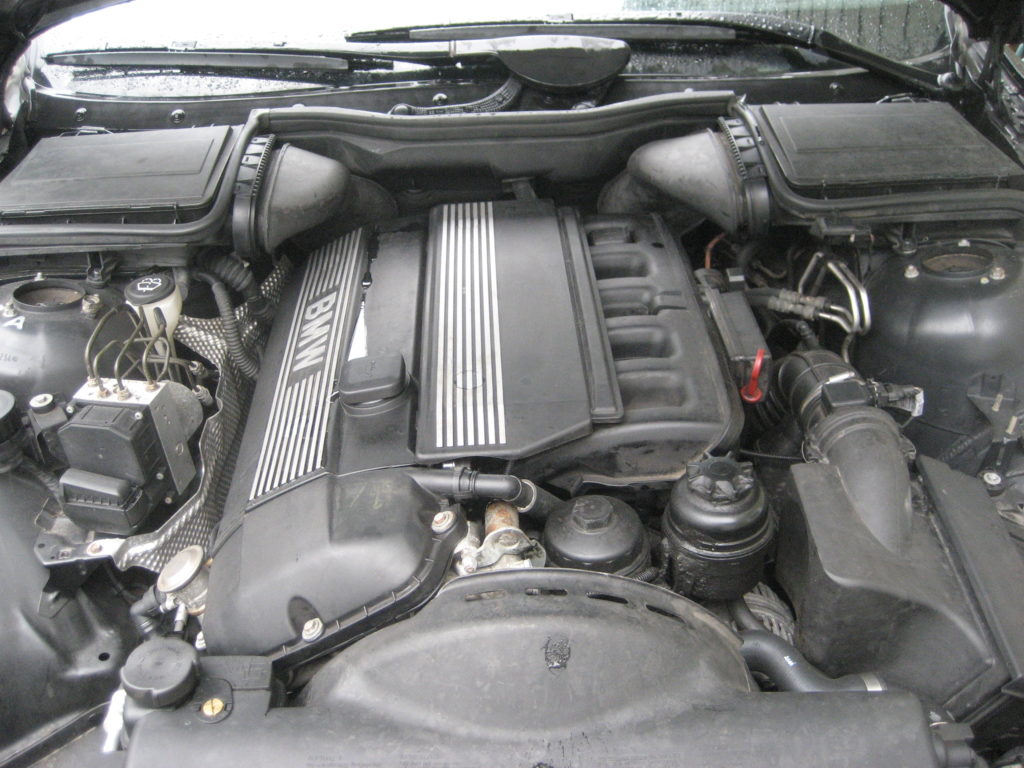
Many things under the 528iT’s hood received attention while my focus was turned its way.
The Rhythm Of Repair also encompasses issues of space. Long-term projects may sit in a back corner of the garage or in off-site storage. The active project is usually on my mid-rise lift, sometimes for months. Quick hit-and-run projects, such as oil changes or brake pads on Maire Anne’s Honda Fit, may be carried out with a jack and stands on the garage floor.
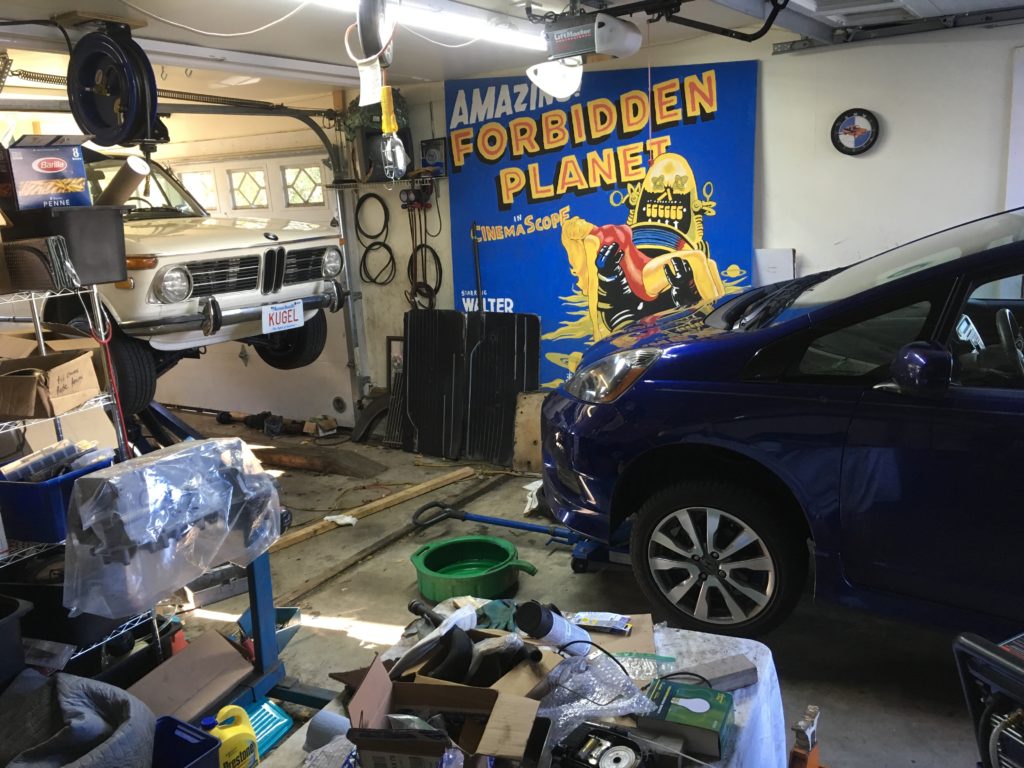
Even with the mid-rise lift, some quick work still gets done on the concrete.
Now, having said all that, the recently revived Lotus Europa project has taken many of my ROR guidelines and thrown them out the window. As I described last week, I bought the car in June 2013, rolled it into the back left corner of the garage, and in a feverish few days, yanked out the drivetrain, the act of which, on this mid-engine car with a “stressed member” rear suspension, rendered it a beached whale. So, for nearly six years, the car has been sitting in this one place, and the only “rhythm of repair” issue was figuring out how to rebuild the engine in a cost-contained fashion and not spend a dime on any other part for the car until that was resolved.
But now that the Lotus is front-burnered, every ROR rule appears to have been rendered null and void. Space? It occupies all of it. Yes, the Lotus itself hasn’t moved from the back corner of the garage, but it’s as if it caused a big bang of expanding entropy. It’s been years since I could park a 4th car in the garage behind it due to the explosion of parts created when I pulled the drivetrain. Most recently, with the reassembly of the engine on the stand, its transfer onto the lift table, the mating of the engine and transaxle, and the shoving aside of anything else in the way, the Lotus is now officially occupying 3/4 of the garage. This is necessary and temporary, but dramatic.
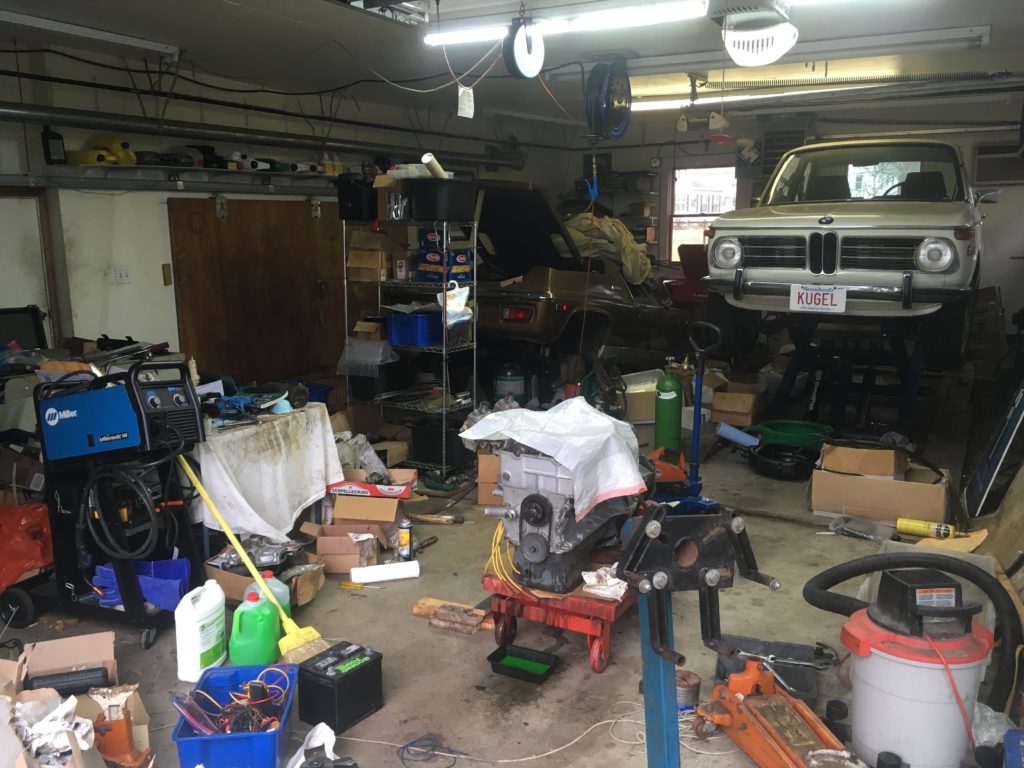
KaBLAM!
And then, of course, there have been dramatic changes in my shopping habits. Forward motion does not come for free. In fact, sometimes I feel that the act of throwing money at the car is the propulsive force that creates forward motion. Long gone are the days where I would comparison-shop for parts by sending a request for quote to the two domestic Lotus parts vendors (neither have a click-and-buy website) and split the order to get the lowest price on each item. Now, I simply call the nearer of the two and tell them what to ship me today. Combined shipping? Feh. That’s for people without passion. This week, I placed five separate orders. One was for one a single retaining pin, one of three that holds the clutch to the flywheel as they do on my vintage BMWs. Hey, I realized one pin was missing, and I needed it to get the clutch on. It cost me six bucks plus $4 to ship it. I didn’t care. I received it in two days, was thrilled that the vendor had one in stock, and overjoyed that I could cross “install clutch” off the punch list (and, incidentally, was also proud that it’s the only part I’ve misplaced).

The smallest car part order I’ve ever placed.
Now, to be clear, I’m not going out of my way to try to do things inefficiently and expensively—it just seems to be the rhythm that this project requires at this point, and there are several reasons for it. The first is that I tend to laser-focus on things; to look at what the current task is and what I need to do to complete it. First it was rebuilding the engine. Then it was pressure-testing it. Then it was mating the engine and transaxle. Now it’s dropping it in the car. So the steps I take, and thus the parts I order, tend to be very task-specific. I don’t really want to think ahead. If I finish the task and move onto the next one, and a consequence is that I place another parts order with its own shipping charge a day later, so be it. I don’t feel inefficient. Far from it, I feel a sense of accomplishment at the completion of tasks.
The second reason is that, since this car was last on the road 40 years ago, it’s going to need nearly everything, and that’s going to be expensive. “Brakes,” for example, are far less likely to simply be rotors and pads, and more likely to require every single component. “Suspension” may translate to all of the rubber bushings. I try to mitigate this added expense with an “if it’s reusable, reuse it” approach, and this requires inspecting everything. So while filters and such are sure-to-need items, I’m not going to pad orders with everything that I might need; instead, I want to engage the repair of the next subsystem and find out what I do need. On the plus side, with the car not having moved in nearly six years, and not having been on the road for 40, there’s no rush, and no reason to jump to conclusions.
Lastly, neither of the two parts houses from which I’m ordering have a threshold for free shipping, so although placing frequent separate orders does have cost inefficiency, the shipping cost never drops to zero no matter what I spend.
This new rhythm will come to an end, and soon. Once the drivetrain is back in the Lotus, I can reclaim my garage, and turn my gaze back to Bertha—as I said last week, I’m seriously considering driving it to MidAmerica 02Fest—and reestablish some saner rhythm of repair protocols.
Or else, the rhythm I’ll be hearing will be that of multiple checks bouncing.—Rob Siegel
Rob’s new book, Just Needs a Recharge: The Hack MechanicTM Guide to Vintage Air Conditioning, is available here on Amazon. His previous book, Ran When Parked, is available here. Or you can order personally inscribed copies of all of his books through Rob’s website: www.robsiegel.com.

